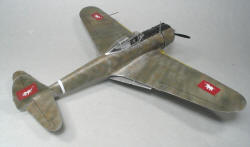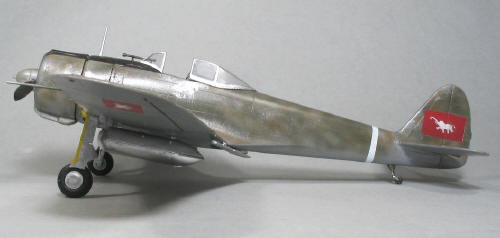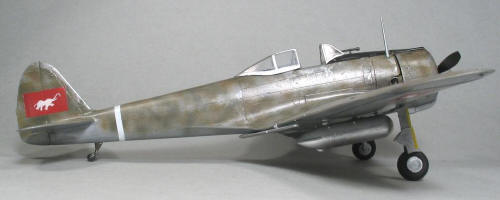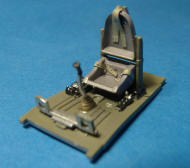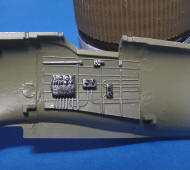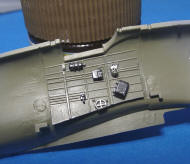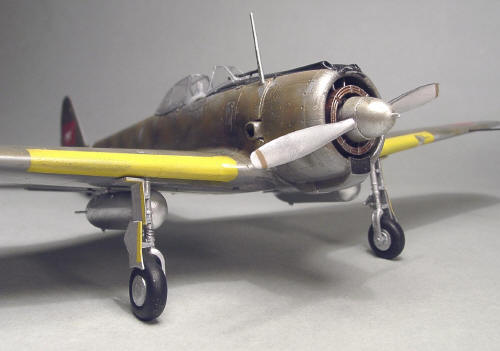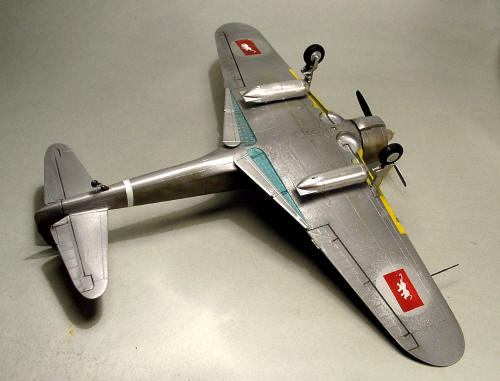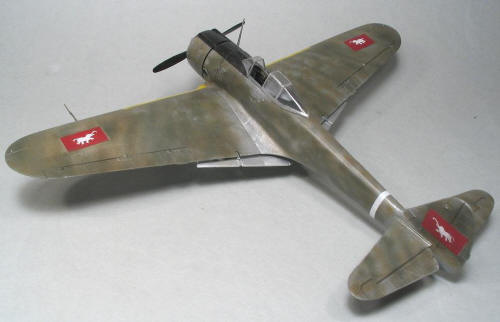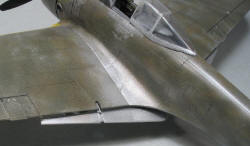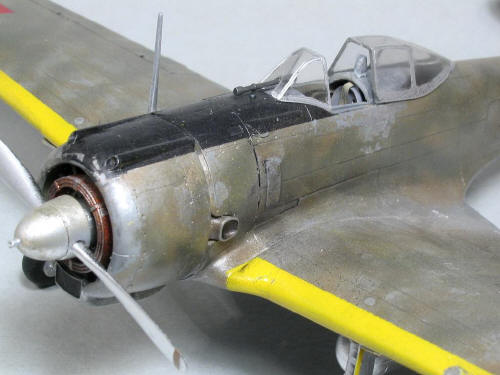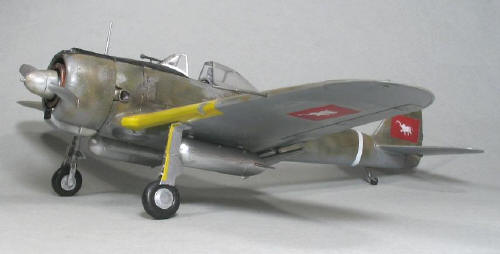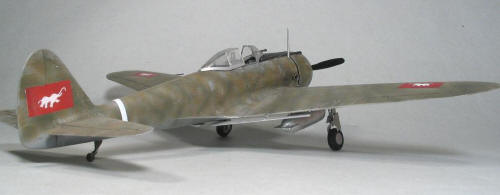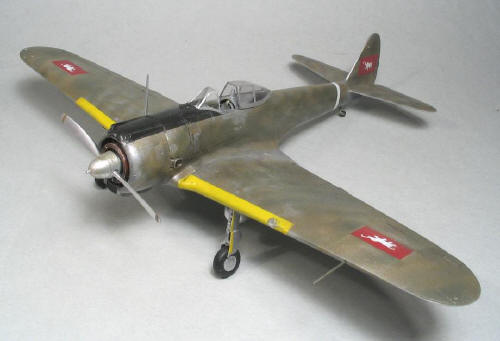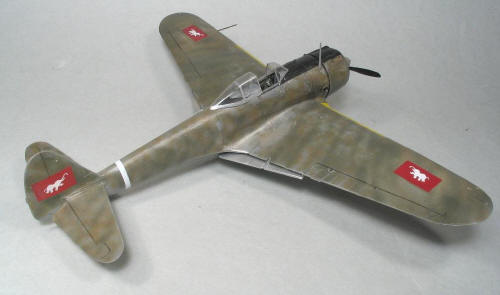|
Airplanes |
|
|||||||||||||||||||||||||||||||||||||
|
Building the Siamese Nakajima Ki-43-I Oscar Hasegawa 1/48 scale |
||||||||||||||||||||||||||||||||||||||
|
by Giovanni Galvan © Modeler Site |
||||||||||||||||||||||||||||||||||||||
|
Legal Notice No material from Modeler Site any Web site owned, operated, licensed, or controlled by Damian Covalski may be copied, reproduced, republished, uploaded, posted, transmitted, or distributed in any way, except that you may download one copy of the materials on any single computer for your personal, non-commercial home use only, provided you keep intact all copyright and other proprietary notices. Modification of the materials or use of the materials for any other purpose is a violation of Damian Covalski's copyright and other proprietary rights. Read More here > Legal notice The Oscar was the main fighter of the Japanese Army until 1944, and was still operational at the end of the war. Just like the Navy Zero, it was very light and manoeuvrable, but it lacked armor. The main difference was the armament, which on the Oscar was reduced to two machine guns. In the Series I these were one 7,7 mm and one 12,7 mm, firing trough the propeller arc.
During the war, the Kingdom of Siam (now Thailand), after a symbolic resistance, agreed a collaboration with the Japanese, which was more or less half hearted. During that period Japan sold some fighter airplanes to Siam, to substitute the old US planes such as the Hawk and the B-10. These planes were mainly old Ki-27 Nate, but in 1944 were released a number of more modern Ki-46 Series I and II. Some Internet friends sent me some rare photos of the Siamese Oscars, which inspired me to make this very exotic example.
I decided to build it almost straight from the box, being the Hasegawa Ki-43 one of the best kits of the Japanese firm. The Nakajima cockpit color is a sort of Grey – Green similar to FS 34226 for which I used the Gunze H70, with Gray (Gunze H317) seat and Black instrument panel, consoles and levers; a drybrushing with Light Gray highlighted the details.
The general assembly is very easy, and requires no putting and sanding. The surface detail is superb, and very useful for a Natural Metal finish. On the wings, flaps are molded apart and can be fixed extracted. The inside of the flap bays was painted Aluminum with a transparent Blue Green finish coat. Tires have been painted in Black and the wheels and the gear legs are in Aluminum. The propeller is Aluminum on the front and Black on the rear, with Aluminum spinner and Brown tip stripes. The oil cooler ring was painted in Copper.
The chosen example has a color scheme which is absolutely my interpretation, and I could not exclude that it’s wrong, but a lot of documents give more or less a scheme based on a Natural Metal basis, with Green (Gunze H309) and probably Brown (Gunze H33) blotches on the upper surfaces, dense enough.
On the wings I painted the Yellow identification stripes, and on the fuselage the slim White stripe. The famous insignia with the White Elephant over the Red rectangle were painted with masks.
The weathering was done with various brushed pastel powders and with Brown oil color. Some coat of Black, and various Grays, helped to represent the exhaust stains.
Support us ordering our notes in PDF > Here |
||||||||||||||||||||||||||||||||||||||

